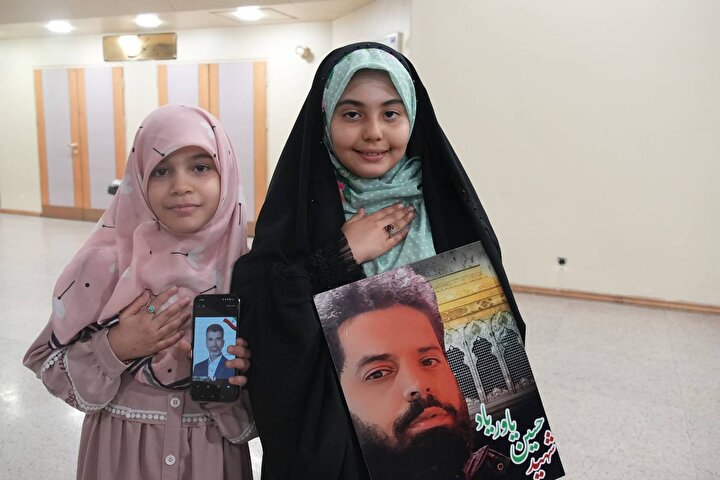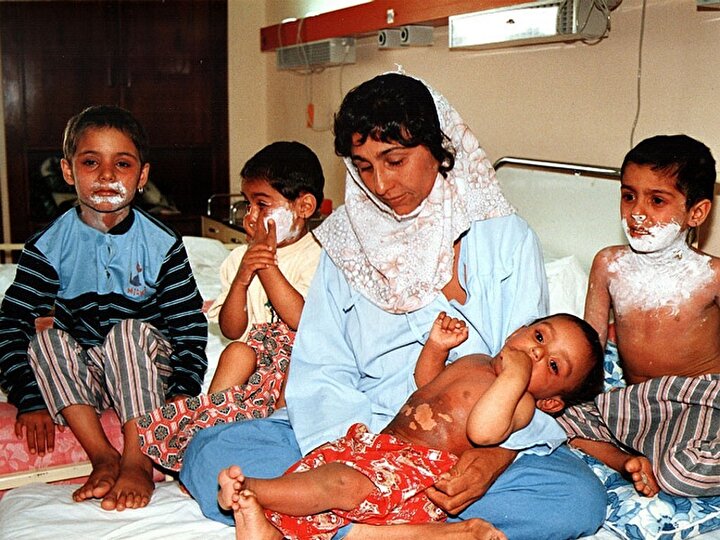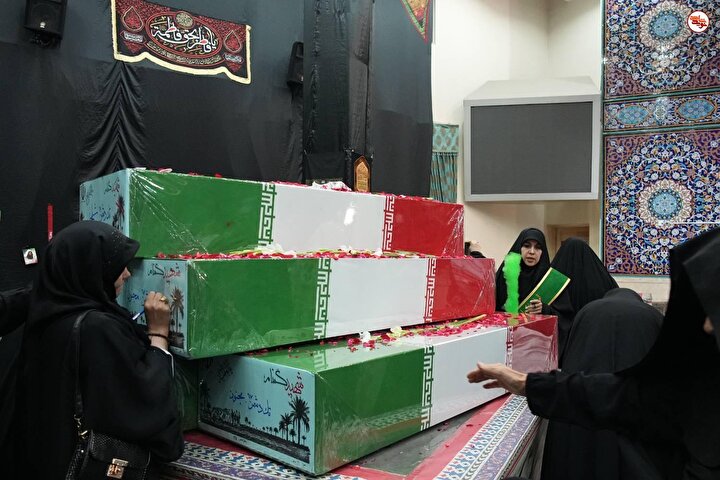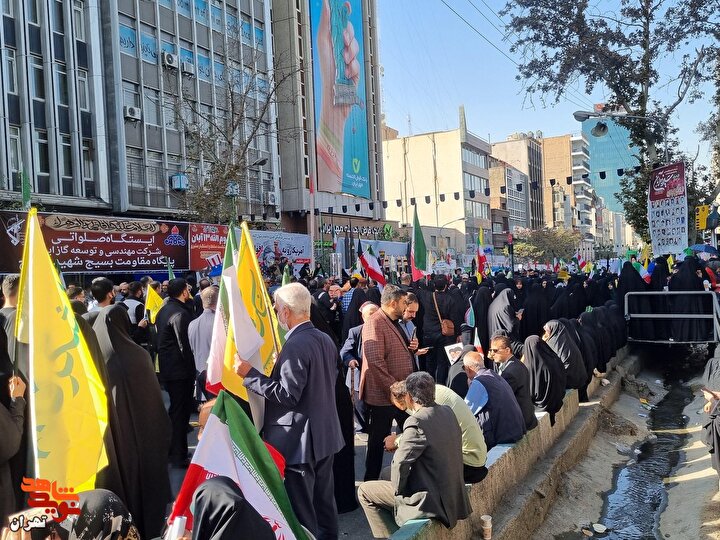
US plan to infiltrate Shiism

"Dear youth! Take and read the informative documents of the spy den… the students who seized that place and made out that it had been a spy den extracted the material with harsh and tiring toil… these prove to us that the United States was making schemes against the Islamic Republic of Iran in the heat of the uprising and at the time of the revolution’s victory. This is the real United States.”
That was part of a series of recommendations made by the Supreme Leader of the Islamic Revolution Ayatollah Seyyed Ali Khamenei in an address to a large crowd of students on the Iranian calendar day of Aban 13th, the anniversary of the seize of the United States spy den (name given to the United States embassy in Tehran). The occasion is internationally known as the Iran hostage crisis. According to the leader’s advice, the Islamic Republic Document Center has set to publish the documents of the United States embassy in a day to day fashion.
Among the documents recycled from the United States embassy in Tehran is one that shows the United States had plans to infiltrate Shia groups, especially those with high influence and strategic groups and foundations such as the Islamic seminaries, etc. The following is a view of the document:
From: Tehran Embassy
To: Washington
Date: August 19, 79
Number of Document: 9174/ Top secret
Subject: Building bridges to Islamic Shiism
Analysis: Right now there is some lack of order and danger in Iran. The power is scattered and even simple decisions are made with delay. It is because they do not have a clear director. Therefore, it will be impractical to try to form a plan. More than a building, the tentative power that some groups and influential organizations are defined by it. But of course things are more difficult than this to know that what people are the players of this one year, and more important than that, the players of the next ten years.
This is undoubtedly a very special case for the United States to start to build bridges, cautiously and painstakingly, to groups of Shia Muslims in Iran that are likely to play major roles in the country in coming decades.
The Iranian history, the incidents that led to the departure of the Shah, and the current situations all show that the Shia religious leaders are for sure one of the groups that will play an important role in Iran, even regardless of the form of the government and the social and economic make- up of the Iranian society.
All the time that it has been proven that in Iran, there are great and deep roots connecting the society to the Shia Islam, and this to cause the clerical society have great and long lasting influence over the country. But, despite this, the bare truth is that the United States currently has little power to be able to get to know this stratum and this mode of thought of the scholars. We do not know where they come from. On the other hand, the scholars know little about the notion of the Western mode of thought. To make things worse, both sides of the case are facing a great load of shallow information that are forced upon them and which lead one astray.
The unfortunate fact is that there is no fast way to fill the gap between the United States and the Shia clerical society. Regarding this fact, the American inclination to using crushing and fast approaches is despairingly unsuitable. The haste in inviting a mullah to dinner, sending our journals to the clergy, or even the thought of holding programs with them do not only not solve any problem, but worsen the situation.
The transfer and contracted give and take with some modern institutes and schools in Iran do little in establishing relations between the United States and the clerical society. Thousands of Iranian nationals have been graduated from the United States or Western Europe. But when they return to Iran, their ideals and modes of thought are a confirmation to the ideas and beliefs of the scholars vis a vis Western values and notions. In their zeal to absorb a discipline or special technology, Iranian students have little outlook and information about the traditional Iranian mode of thought to disclose to the United States.
The fascination or obsession of the students to immature political affairs, as well as their scanty information of the large body of the Islamic thought, drastically reduces their ability to set for meaningful discussion with few Americans who have prepared themselves for discovering organizations and overall outer molds such as the clergy.
The embassy has requested the transfer of a student. It is so as to transfer under the Fulbright plan one or two modern leading students from a school in the Feyzieh in Qom, where many religious leaders have been educated and thrived and taught_ including ayatollah Ruhollah Khomeini, to a fitting school in the United States, such as the Theological Seminary Union for two years. The first year will be spent for studying the English language and discovering the Western mode of thought. And the second year will provide some opportunity for in –depth discussions with sophisticated Americans, and it may include some official teaching sessions as well. In that very occasions, one or two American graduates, or two young professors from the Theological Seminary Union or other similar institutes will go to Iran for studies and will some times take part in group discussions with other schoolmates in Qom.



